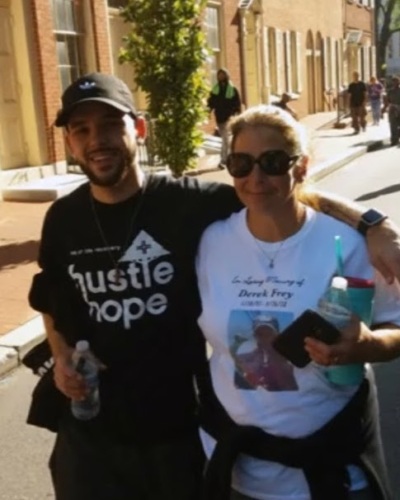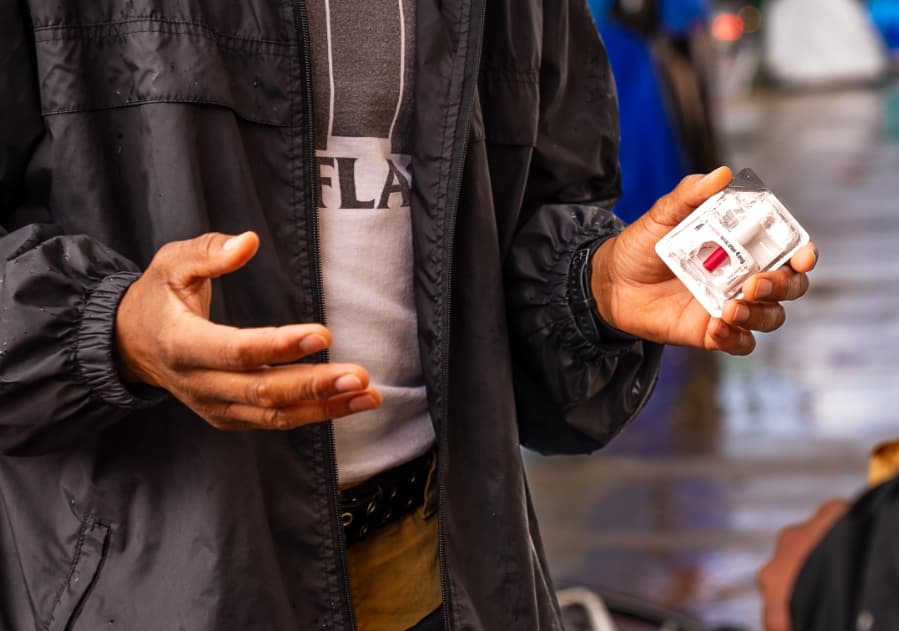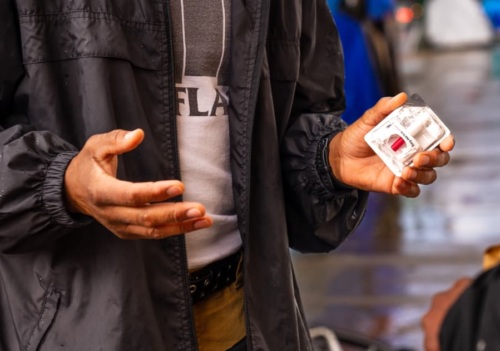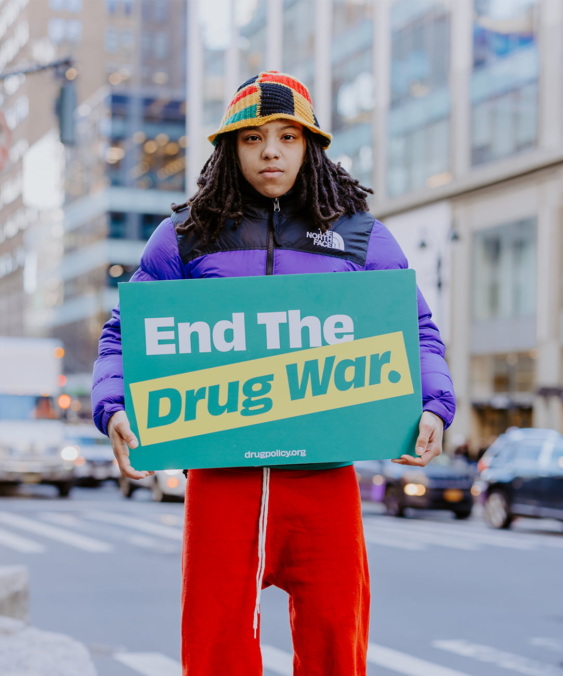I Lost My Son to Overdose: Susan’s Story
Susan Ousterman lost her son Tyler to an accidental overdose of fentanyl and xylazine. Today, she advocates for a public health approach to drug use.

The overdose crisis is a public health emergency. The Drug Policy Alliance is advocating for a public health approach to drugs that can prevent overdose deaths and save lives.
“ I lost my son, my only child, Jeff, to an overdose. Criminalization didn’t save him. Punitive drug laws have resulted in more imprisonment, more deaths, and more devastated families. We need health-based solutions to save our loved ones.”

A full range of addiction services—including counseling, medications, long-term treatment, and recovery housing—should be available to individuals. Personalized support reduces overdose risk and improves recovery chances.
Medications like methadone and buprenorphine promote recovery and save lives by reducing opioid cravings and withdrawal symptoms, while cutting overdose risk in half. They should be widely available, including in jails and prisons.
This medication saves lives by immediately reversing an active opioid overdose.


Because today’s street supply is unpredictable, even occasional users can be exposed to potent drugs like fentanyl, dramatically increasing the risk of overdose. U.S. drug overdose rates have surged in recent years, but overdose deaths are preventable and are beginning to decrease due to health and harm reduction interventions. But we still lose nearly 100,000 lives each year–and overdose rates for communities of color continue to rise. To prevent further deaths, we urgently need public health approaches that will keep everyone safe.
Despite over 50 years of the drug war in the U.S., drugs are more available, cheaper, and more potent than ever.
Today, most overdose deaths involve opioids like fentanyl, but other drugs (e.g. methamphetamine, cocaine, xylazine, medetomidine) are also involved in overdose deaths.
The overdose crisis has been fueled by an unregulated, unpredictable drug supply. After prescription opioid crackdowns, people dependent on opioids turned to the streets to find substitutes. Many were desperate to ease painful withdrawals. The illegal drug market responded by mixing fentanyl with heroin and counterfeit pills to meet the overwhelming demand.
Drug trafficking organizations switched to fentanyl because it’s cheaper and easier to make, easier to smuggle, and more profitable. Then, the crackdowns on fentanyl spawned concerning substances like xylazine and nitazenes. Nitazenes are synthetic opioids that can be up to 10 times stronger than fentanyl.
In jails and prisons, drugs are present, effective treatment is rare, and overdoses and dangerous withdrawals occur. After release, overdose risk skyrockets due to reduced tolerance, lack of follow-up care, and/or no change in circumstances that may be causing suffering. The fear of arrest stops many from seeking help during an overdose emergency.
Overdose and other drug harms will persist so long as politicians focus on enforcement rather than addressing demand.
Overdose deaths remain high but are starting to decrease due to health and harm reduction solutions that help people stay alive and have a chance at recovery. These include increased access to the opioid overdose reversal drug naloxone and fentanyl test strips, and medications for opioid use disorder (MOUD) that cut the risk of overdose by about half.
Despite this, punitive responses are being prioritized by elected officials, while proven health solutions are underfunded and hard to access. Treatment like MOUDs are subject to strict regulations that make it hard for people to access these lifesaving medications. Harm reduction and overdose prevention programs are underfunded and under attack. Policymakers continue to block overdose prevention centers from opening.
The Drug Policy Alliance is committed to working with elected leaders to increase access to and funding for health solutions that save lives and reduce overdose deaths.
Susan Ousterman lost her son Tyler to an accidental overdose of fentanyl and xylazine. Today, she advocates for a public health approach to drug use.

U.S. overdose deaths dropped ~17% from July 2023 to July 2024. Learn about the evidence-based health and harm reduction approaches behind this decrease.

Overdose prevention centers (OPCs) save lives by preventing overdose deaths. Trained professionals are on-site to immediately intervene at the earliest signs of overdose.



